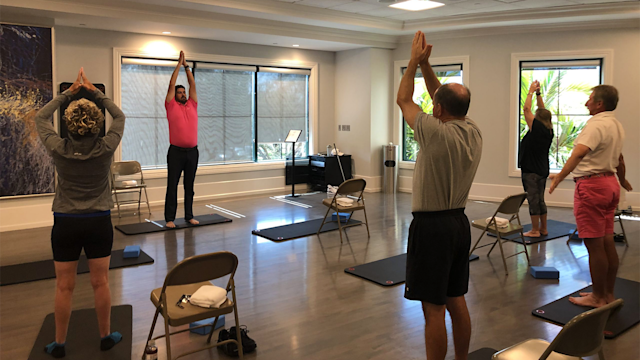Equipment
Making the Most of Launch Monitors
By Matt Adams
Published on
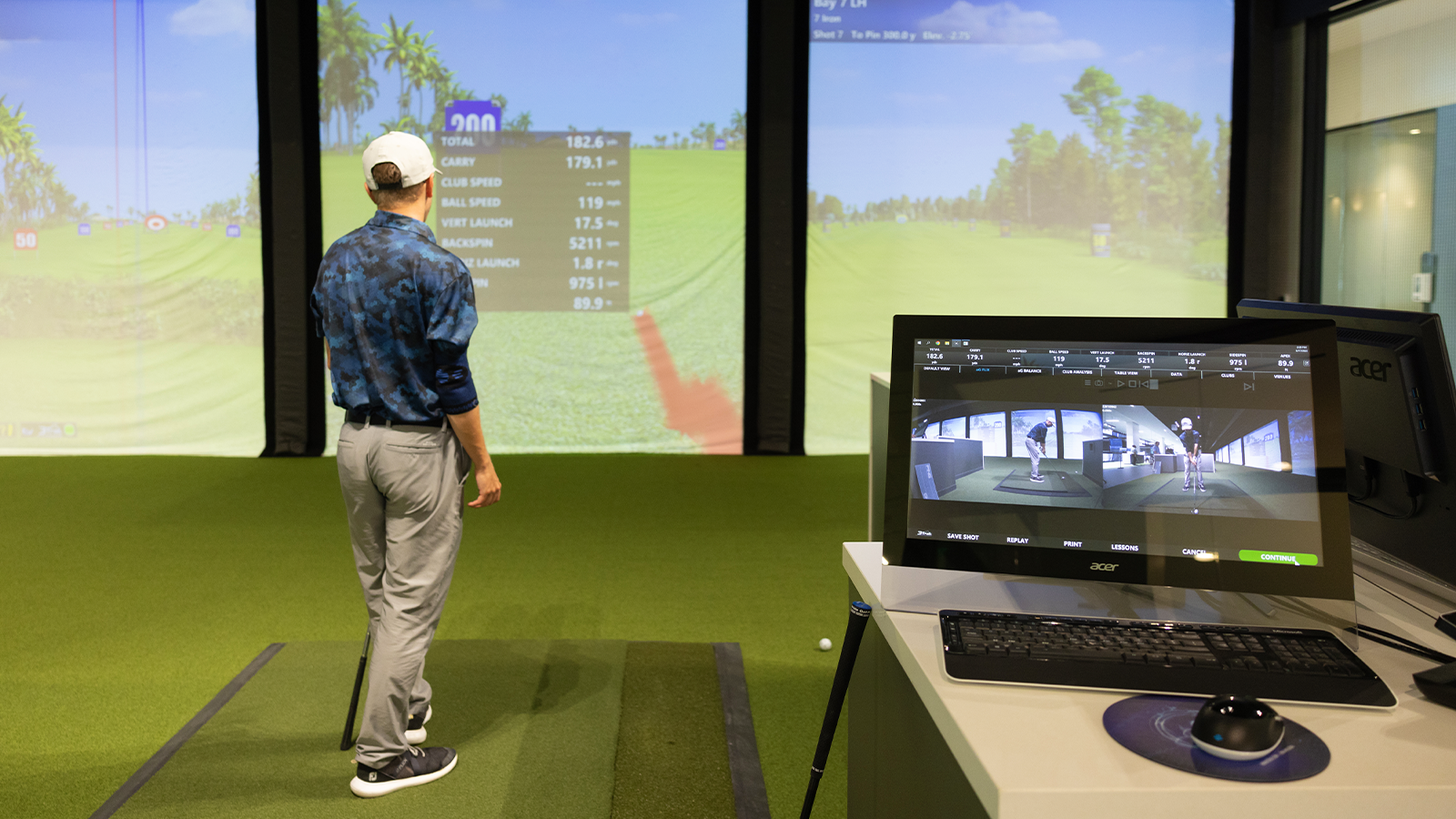
From persimmon woods to titanium driver heads, golf technology has evolved dramatically over the years, so it’s no surprise that gadgets have become just as much a part of the game as clubs and balls nowadays. In our last installment of this month’s equipment series, we’re looking at the ways in which players can leverage these tools to improve their scores.
One of the biggest technological advancements has come in the form of launch monitors. These devices, which can be placed outdoors or in a simulator bay, use either high-speed cameras or radar to track things like ball flight path, distance, spin rate and clubface position at impact. Based on the readings, a player can adjust their swing or tweak their clubs to maximize accuracy and length.
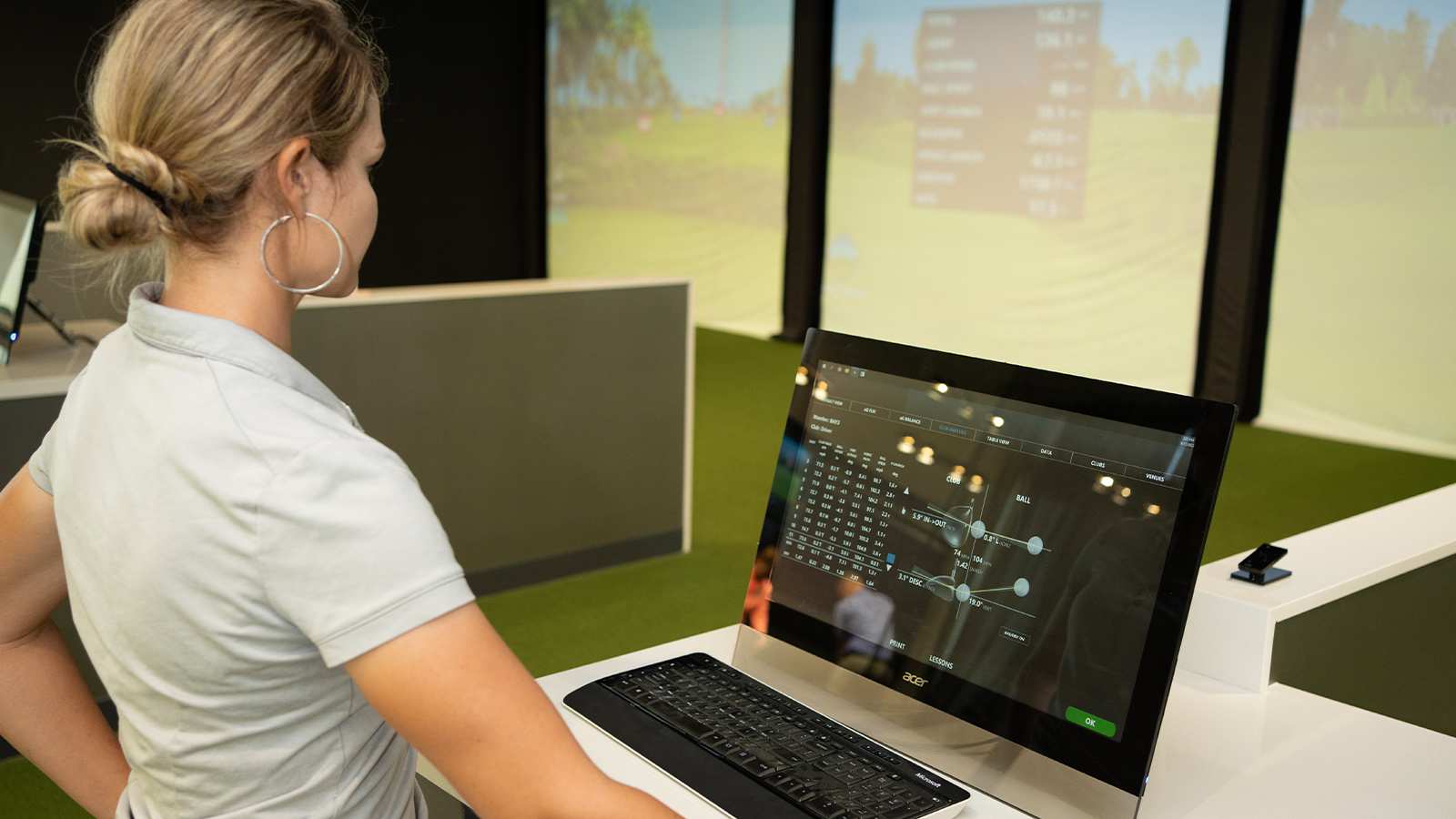
Eric Hogge, PGA, who specializes in equipment fitting for the PGA of America, likes to have his clients hit in front of a launch monitor inside an indoor simulator to gather some baseline data when they come in for custom club fittings.
“The numbers are terrific,” says Hogge. “Now you can prove things like dispersion patterns and carry distance with one club versus another.”
Launch monitors are widely used by PGA professionals at courses across the country, and they’re available to the public at various price points, although it’s best to have a certified pro interpret the numbers gleaned from these tools.
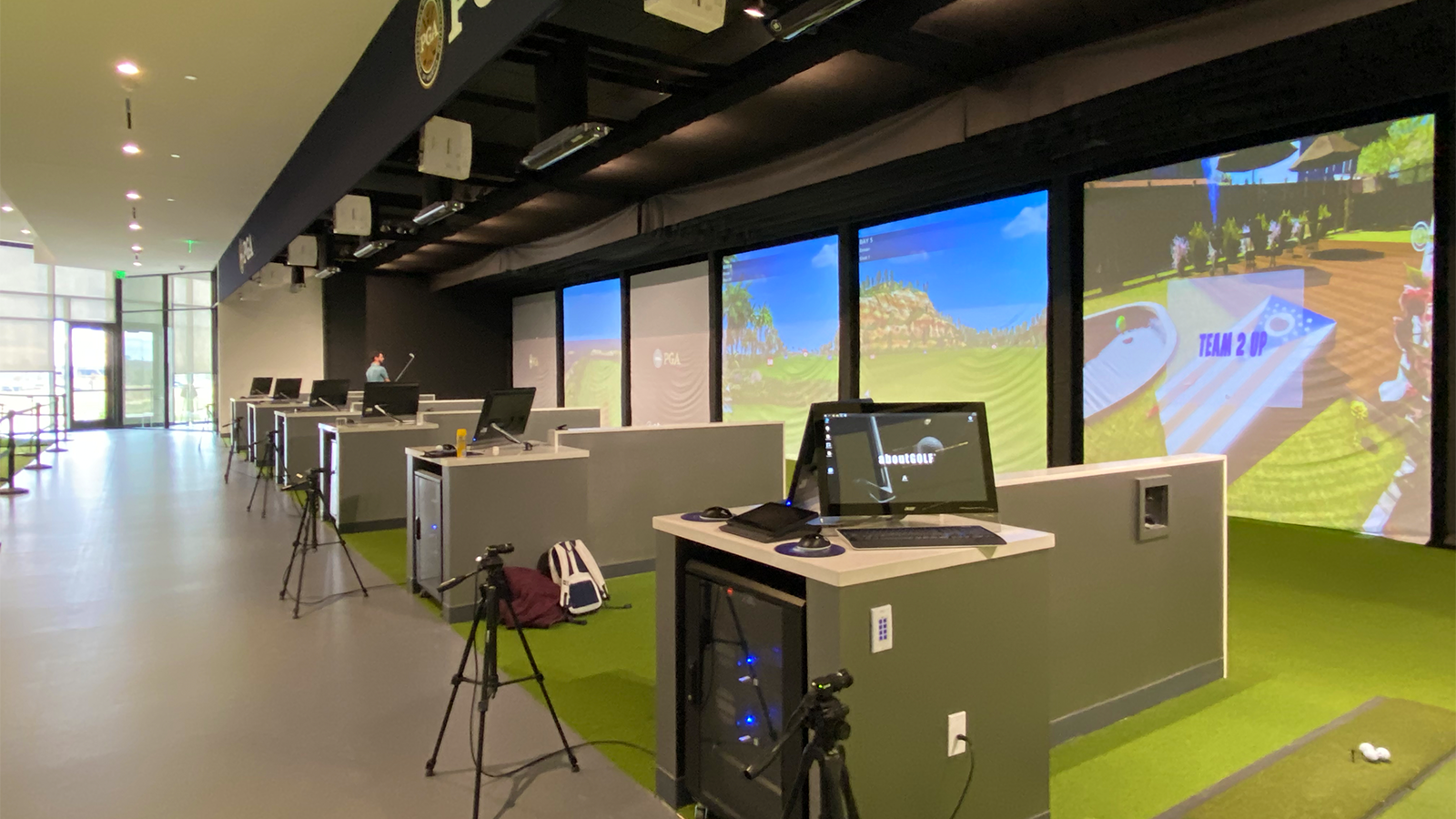
Hogge readily admits that, in some ways, launch monitors have revolutionized club fitting and instruction. “It used to be, you’d watch someone hit and you’d say, ‘That one went over that back hill over there. That driver looked like it carried farther.’ Well, now we know that it carried seven yards farther. Things are easier to quantify… it’s becoming an easier task [to fit someone for clubs] because the evidence is pretty straightforward in front of you. There’s not as much guesswork.”
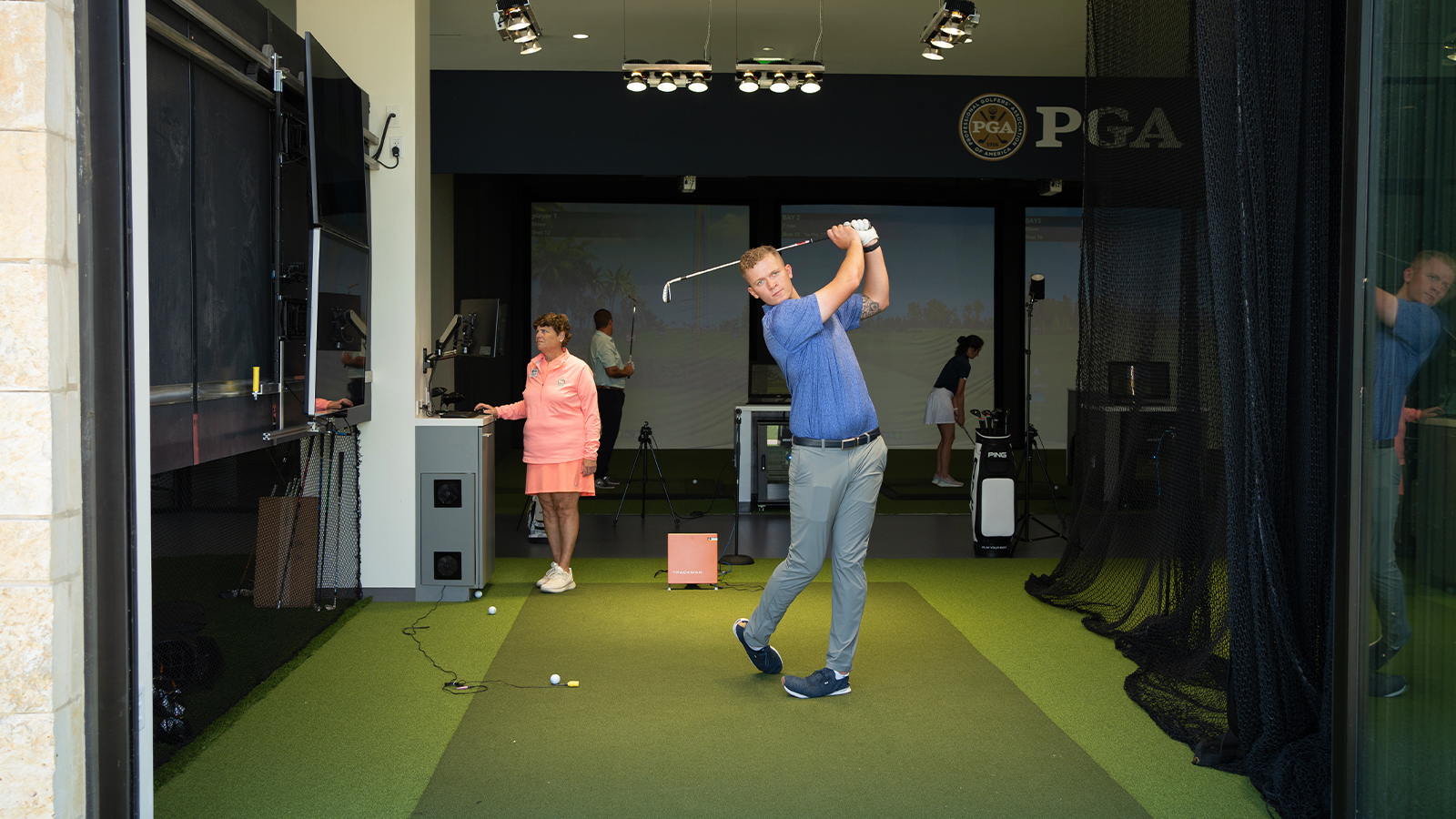
Still, Hogge is careful not to become so overly data driven that he ignores some of the other factors that make honing the perfect golf shot so difficult, especially when he’s having clients hit indoors. Whenever he employs launch monitors for a fitting session, Hogge will try and add a semblance of realism. For instance, he might have a player aim at a particular target and offer to buy lunch if they don’t miss. It’s a little trick to increase the pressure, similar to what someone would face under actual course conditions. Hogge advises anyone using a launch monitor to do the same to get a feel for how they’d hit the ball when something is actually on the line. Only then can you get a true indication of a golf swing’s strengths and weaknesses.
“When you’re in a simulator and you’re hitting into a net or a screen that’s five feet in front of you, that’s very different from when you’re betting with your friends or you’re playing for the club championship,” Hogge says.
If you missed the previous installments of our equipment series, please check out part one on how to get fit, part two on maximizing the fitting experience and part three on finding the right golf balls & grips for even more shot-saving tips.
